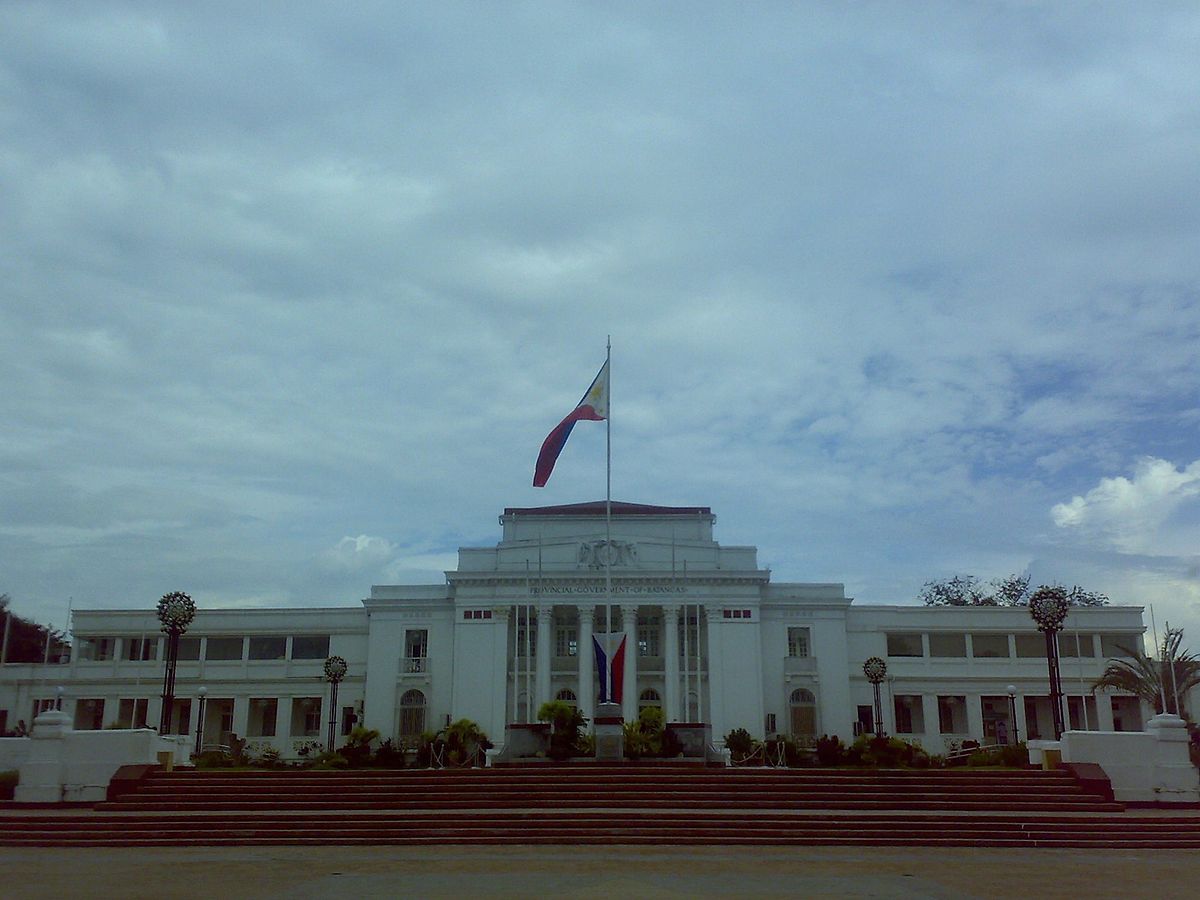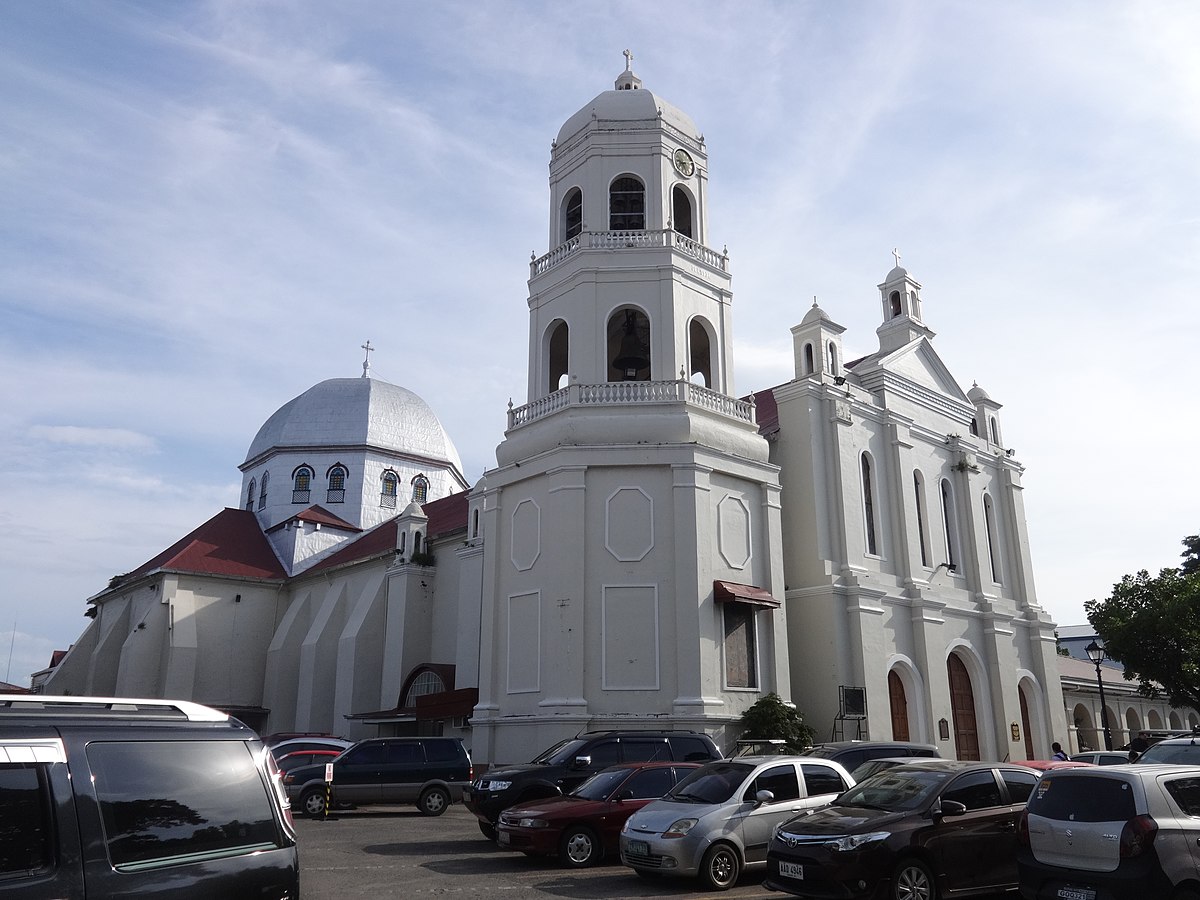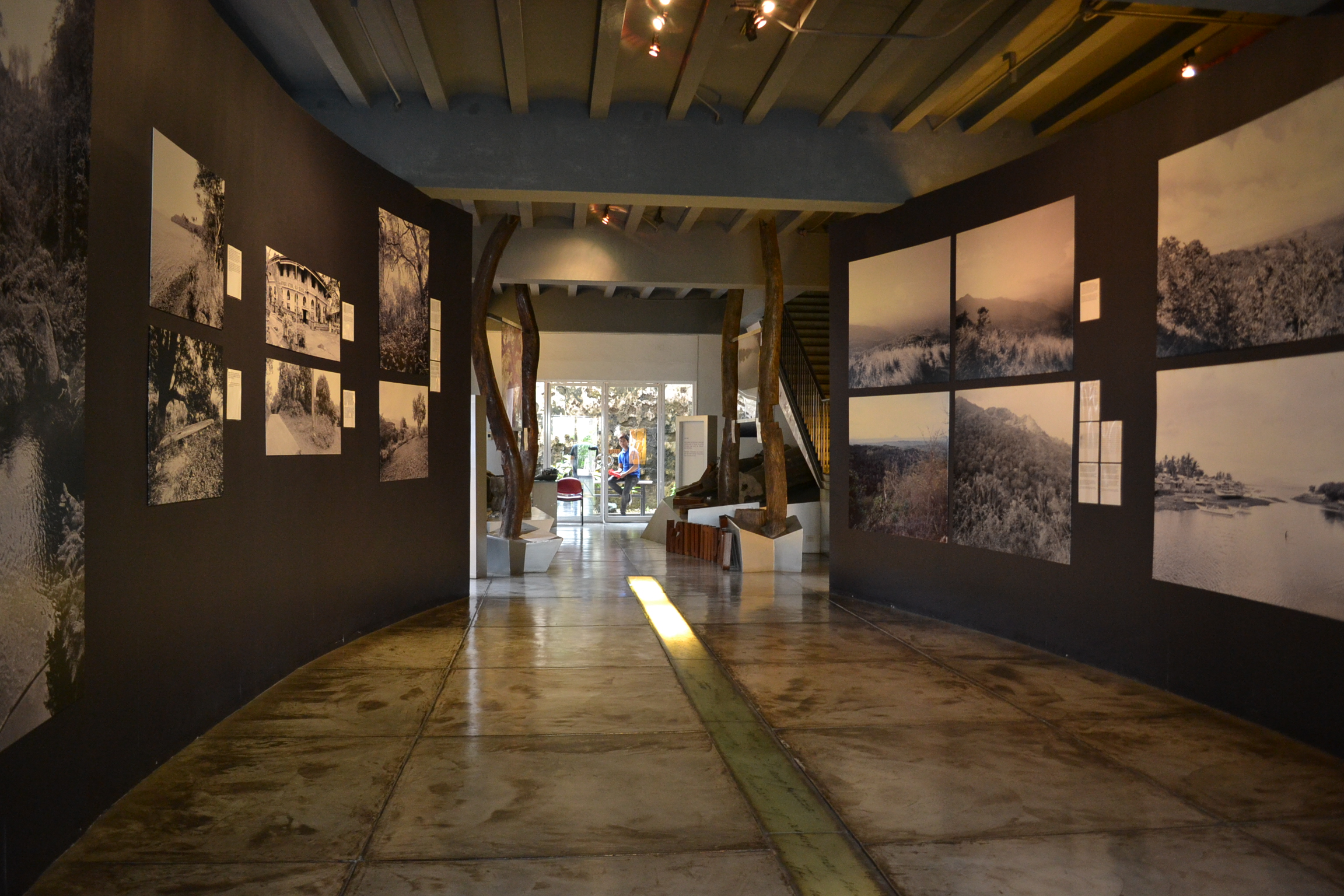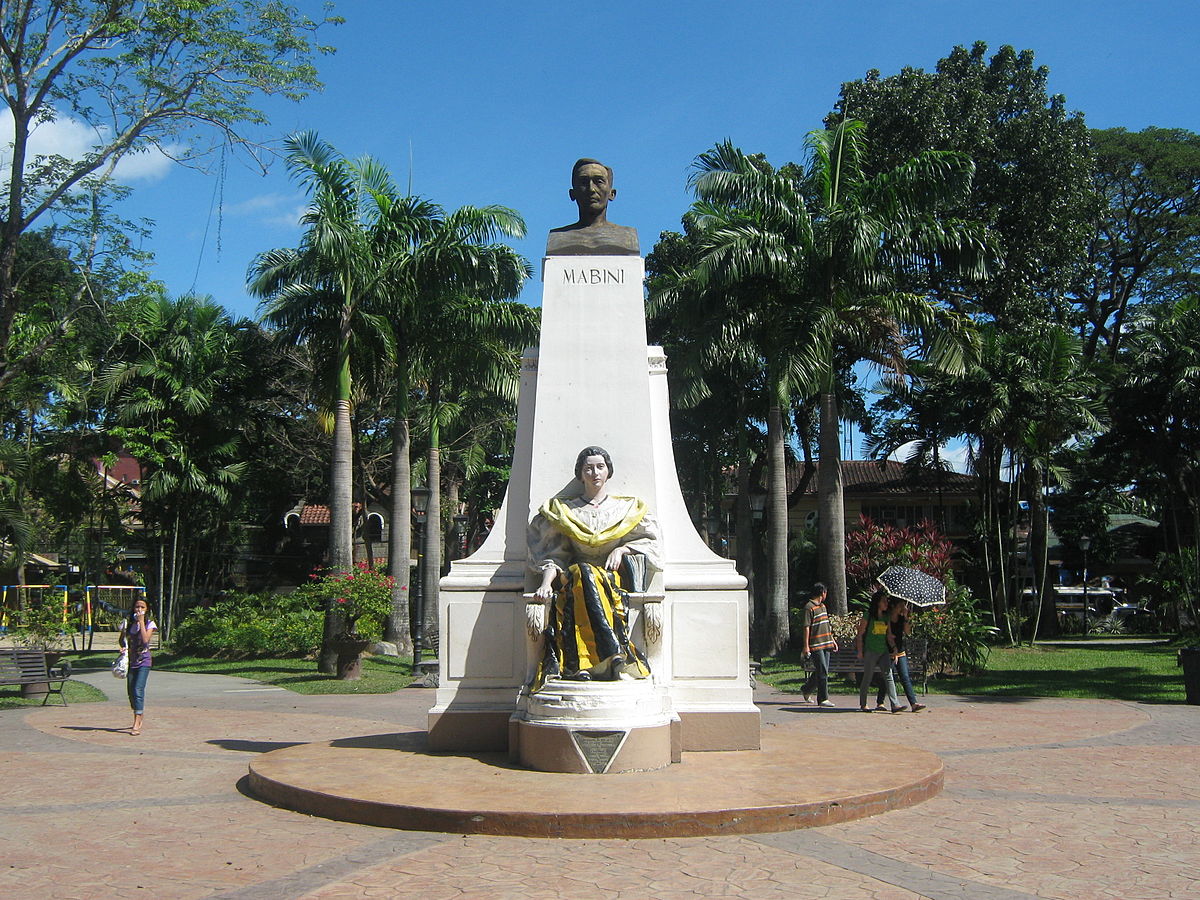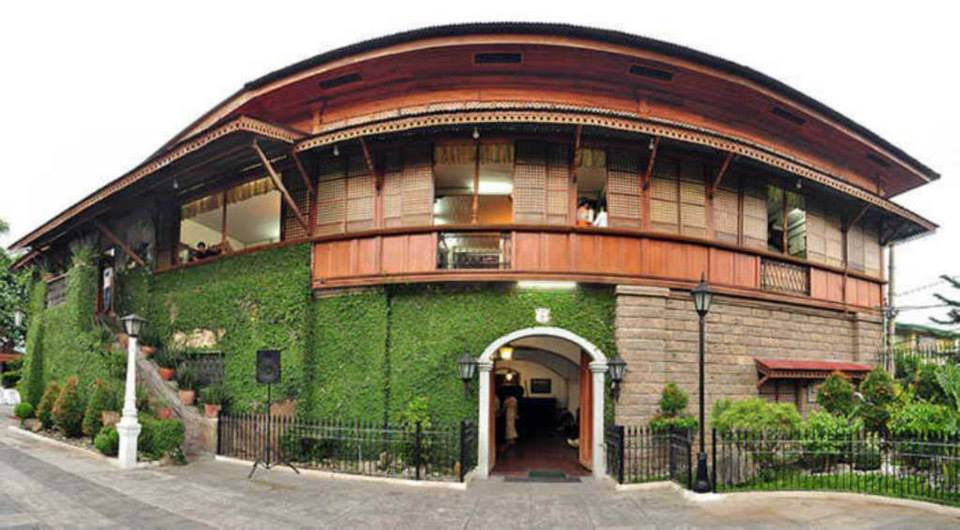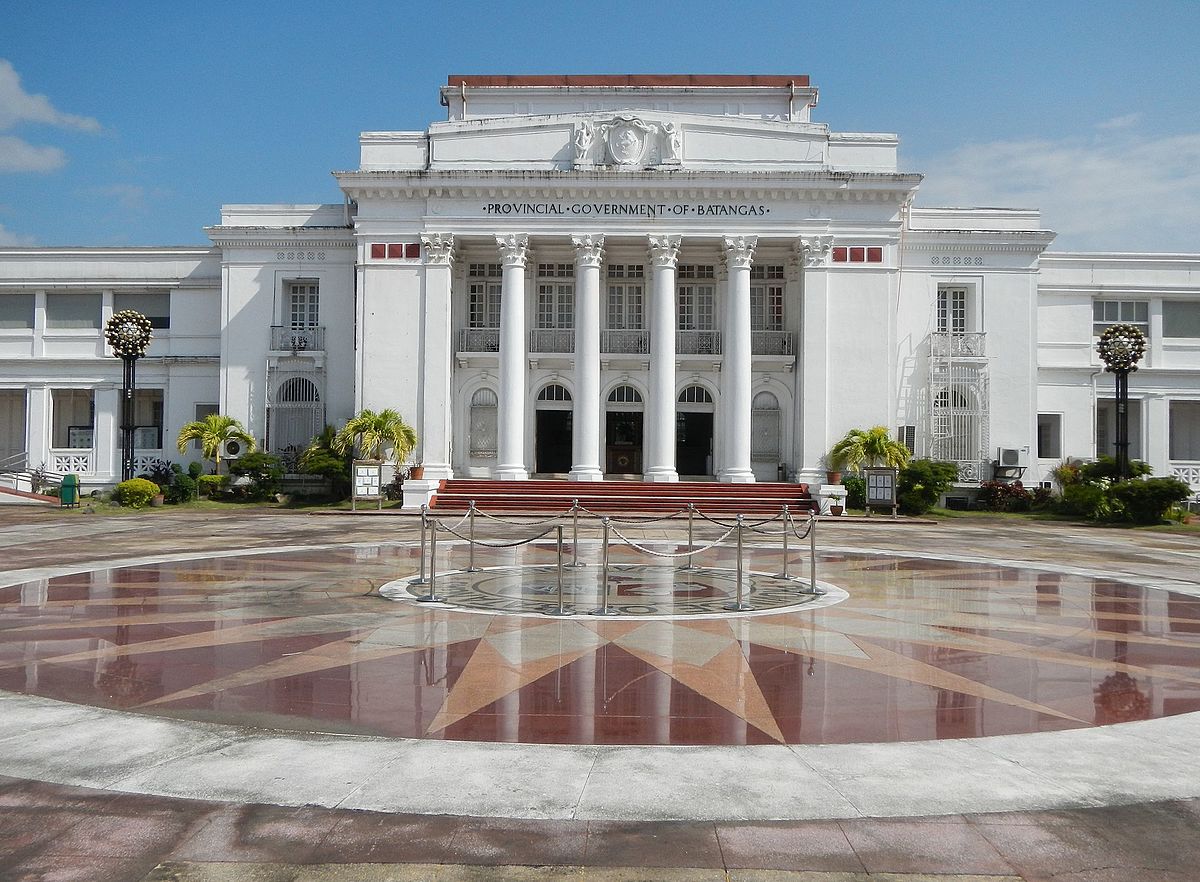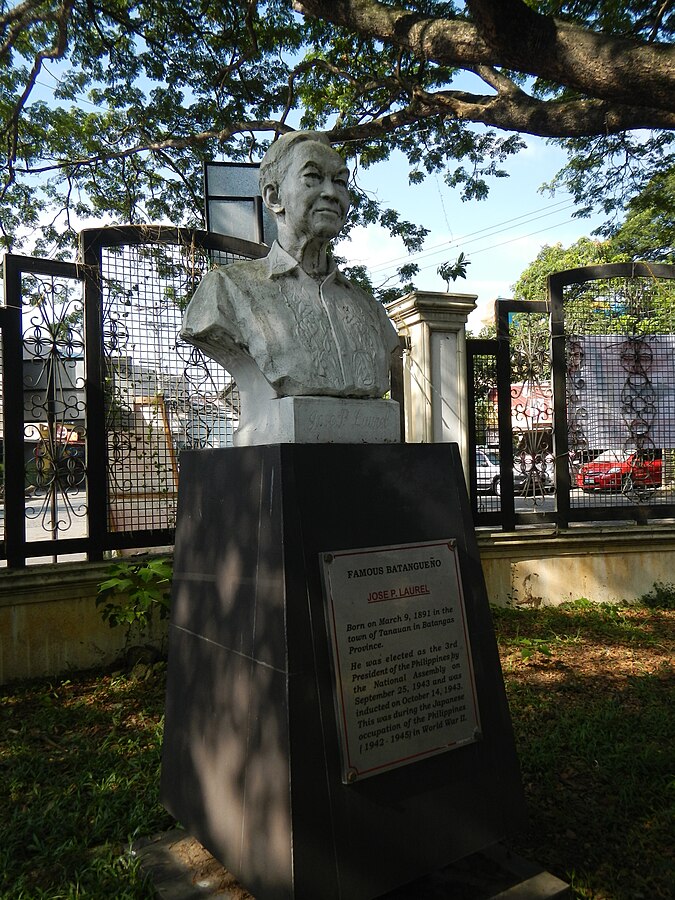Welcome to Batangas City in Batangas, and welcome to Anthro on Foot's walking tour! This is a
self-paced
walking tour that features key heritage sites and cultural highlights in the area. We hope you enjoy
this tour as
much as we enjoyed curating it!
The name Batangas City originates from the Tagalog term batangan meaning big logs, once abundant
along the
Calumpang River. Batangas is also acknowledged as the Heart of the Tagalog Language within the
Southern
Tagalog region, where Tagalog serves as the primary language.
The Tagalog people were the predominant ethnic group in the region, forming small barangays. These
barangays
were self-governing communities led by a local ruler or datu.
Fishing, agriculture, and trade were essential aspects of their livelihoods. The fertile land and
abundant water
resources in Batangas made it conducive to agriculture, while its coastal areas facilitated maritime
activities.
Anthropologist Robert Fox's extensive field studies reveal precolonial Batanguenos engaging in
trade with China,
India, and Japan between the 13th and 15th centuries. In the late 14th century, Datu Puti of Borneo
established
the first Malay village along the edge of Taal Lake, marking the initial settlement in Batangas.
After Spanish Generals Martin de Goiti and Juan Salcedo entered Batangas in 1570, towns like Taal,
Batangas
(the present capital), Balayan, and Lipa were established. Spanish missionaries arrived two years
later, and
Batangas City became the provincial capital in 1754.
The Spanish influence gradually spread throughout Batangas, leading to the establishment of
Catholic missions
and the conversion of the local population.
